Industry Knowledge Extension
WHAT ARE THE Advantages and Disadvantages of Cylindrical Cells
Cylindrical cells, particularly those in the 18650 and 21700 sizes, are a popular choice for lithium-ion battery packs due to several reasons. One of the primary advantages is their standardized size and shape, which allows for easy integration into various applications and devices. This standardization also facilitates mass production, economies of scale and lower costs for consumers.
Another advantage is the robustness of cylindrical cells. They are often made with a metal casing, which provides physical protection against external damage and helps in heat dissipation. This design contributes to their durability and makes them suitable for high-drain applications where performance under stress is crucial.
Despite these benefits, cylindrical cells also have some drawbacks. One of the main disadvantages is the potential for thermal runaway, a situation where the cell overheats and can a fire or explosion. This risk is mitigated through various safety features, such as a protective circuit board and a vent mechanism, but it remains a concern, especially in high-power applications.
Additionally, cylindrical cells can have a higher internal resistance compared to other cell formats, which can reduced efficiency, particularly in high-current applications. This higher resistance can also contribute to faster battery degradation over time.
When Should Lithium-Ion Battery Cylindrical Cells Be Replaced?
Lithium-ion batteries, including cylindrical cells, have a limited lifespan that can be affected by various factors such as usage patterns, environmental conditions, and age. There are several indicators that suggest when it might be time to replace cylindrical cells:
1. Decreased Capacity: As batteries age, their ability to hold a charge diminishes. When the capacity falls below 80% of its original rating, it may be time to consider replacement to maintain performance.
2. Increased Self-Discharge: If a battery loses a significant amount of charge over a short period while not in use, it may be nearing the end of its life.
3. Slower Charging Times: A noticeable increase in the time it takes to charge the battery could signal that the cells are no longer able to accept and hold a charge efficiently.
4. Physical Damage: Any visible damage to the battery casing, such as swelling or punctures, is a clear sign that the battery should be replaced immediately to prevent potential safety hazards.
5. Age: Lithium-ion batteries typically have a lifespan of 3-5 years, even if they haven't been used extensively. Beyond this period, it's advisable to replace them to ensure safety and performance.
What Maintenance Considerations Should be Taken for Li-Ion Cylindrical Batteries?
Proper maintenance can significantly extend the life of lithium-ion cylindrical batteries. Here are some key considerations:
1. Storage Conditions: Store batteries in a cool, dry place. Temperatures can affect battery performance and lifespan.
2. Charge Levels: It's better to store lithium-ion batteries at around 50% charge. Both fully charged and fully discharged states can stress the battery and reduce its lifespan.
3. Regular Use: Regularly using and charging the battery can help maintain its health. Deep discharge cycles should be avoided.
4. Avoid Overcharging: Use chargers with built-in protection to prevent overcharging, which can damage the battery.
5. Inspect for Damage: Regularly inspect the battery for any signs of physical damage, such as swelling or corrosion, and replace it if necessary.
6. Proper Disposal: When it's time to dispose of a lithium-ion battery, do so responsibly. These batteries contain materials that can be harmful to the environment if not disposed of correctly.
 boo@zjmgmm.com / 958587858@qq.com
boo@zjmgmm.com / 958587858@qq.com English
English русский
русский Español
Español عربى
عربى
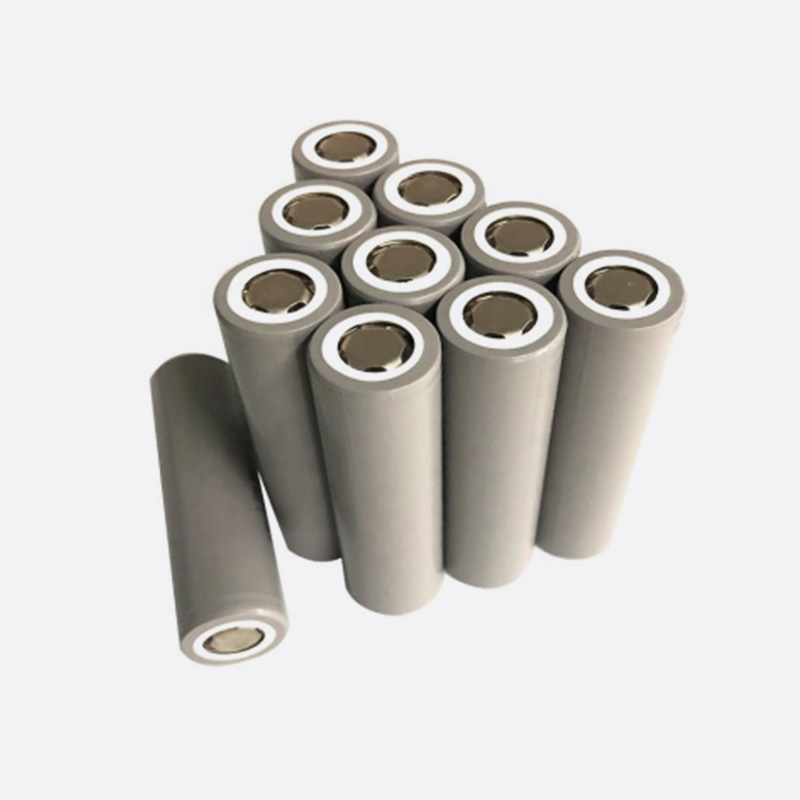
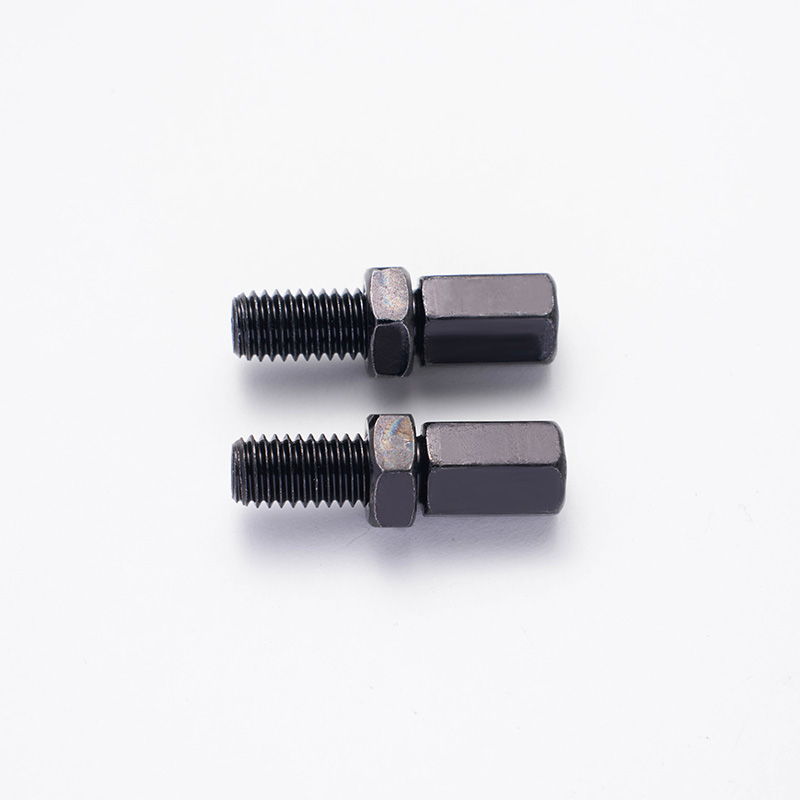
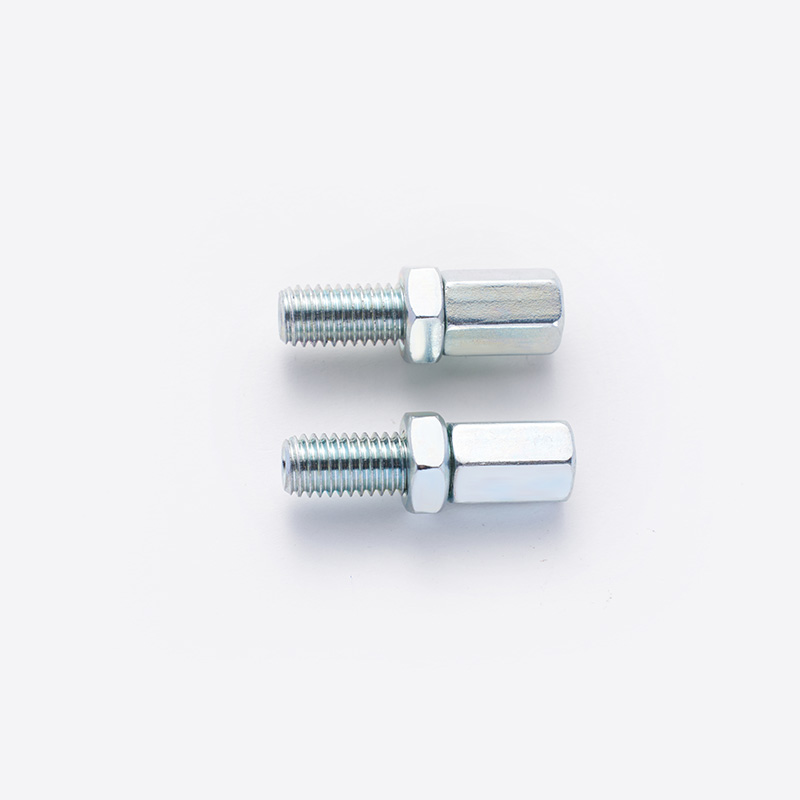
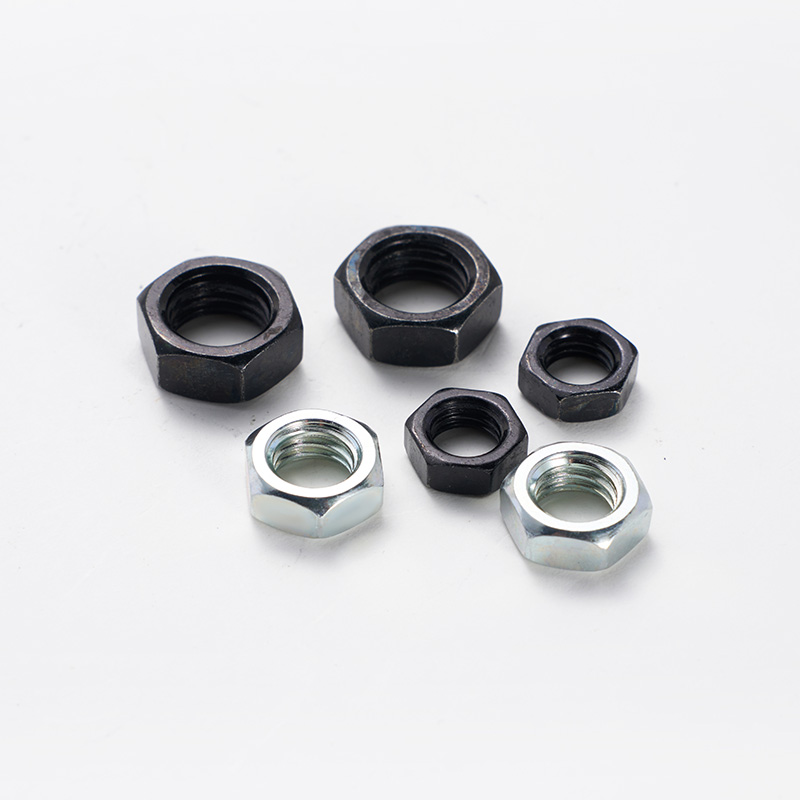
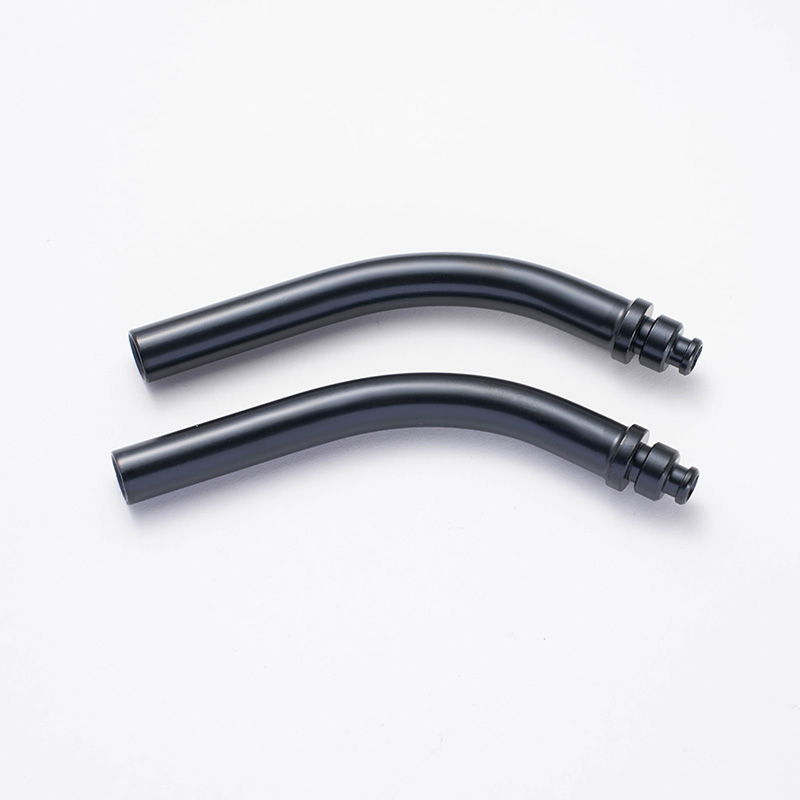







 English
English  Building 33, Demonstration Park, No. 318 Chenguang Road, Eastern New District, Wenling City, Taizhou City, Zhejiang Province, China
Building 33, Demonstration Park, No. 318 Chenguang Road, Eastern New District, Wenling City, Taizhou City, Zhejiang Province, China  0086-576-86337978
0086-576-86337978  0086-576-86333878
0086-576-86333878
 boo@zjmgmm.com
boo@zjmgmm.com 